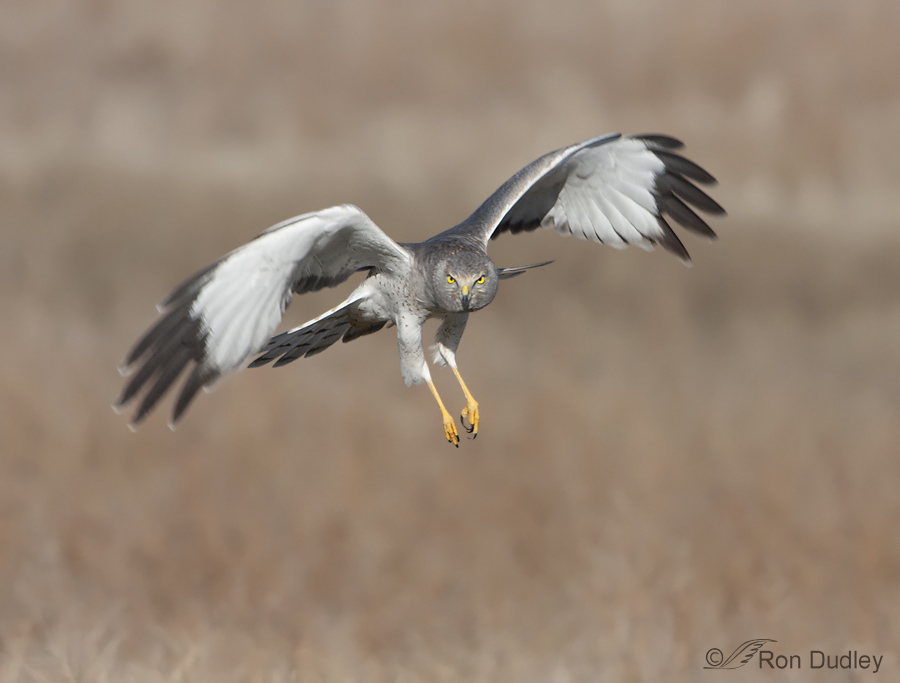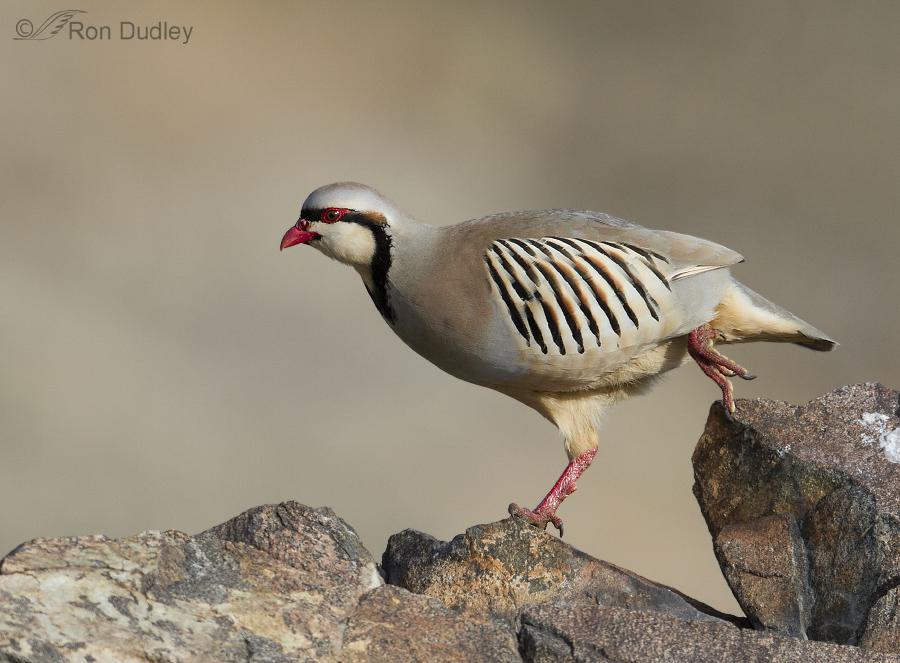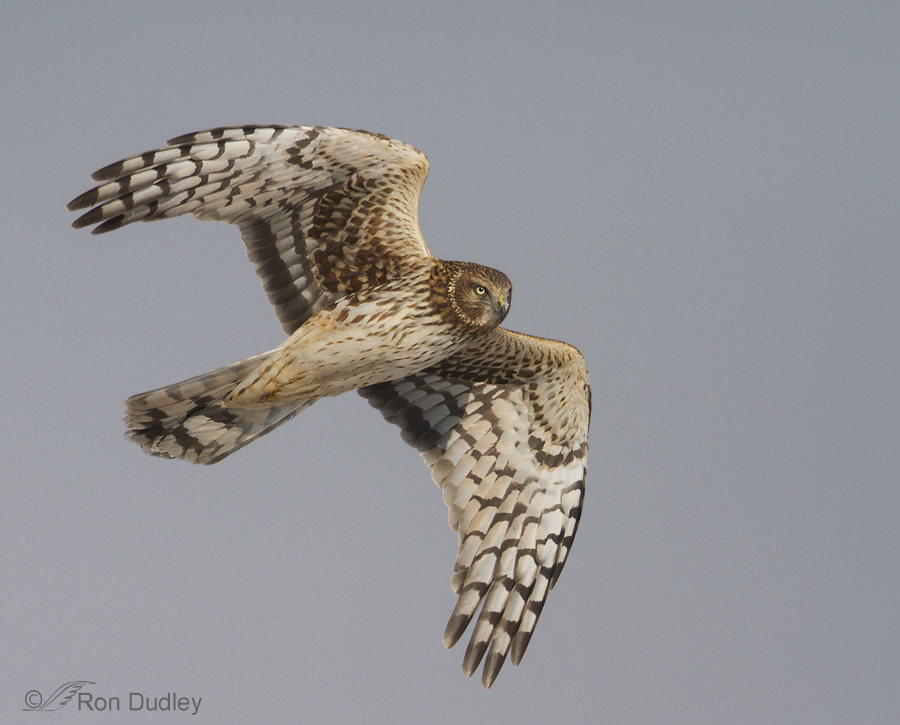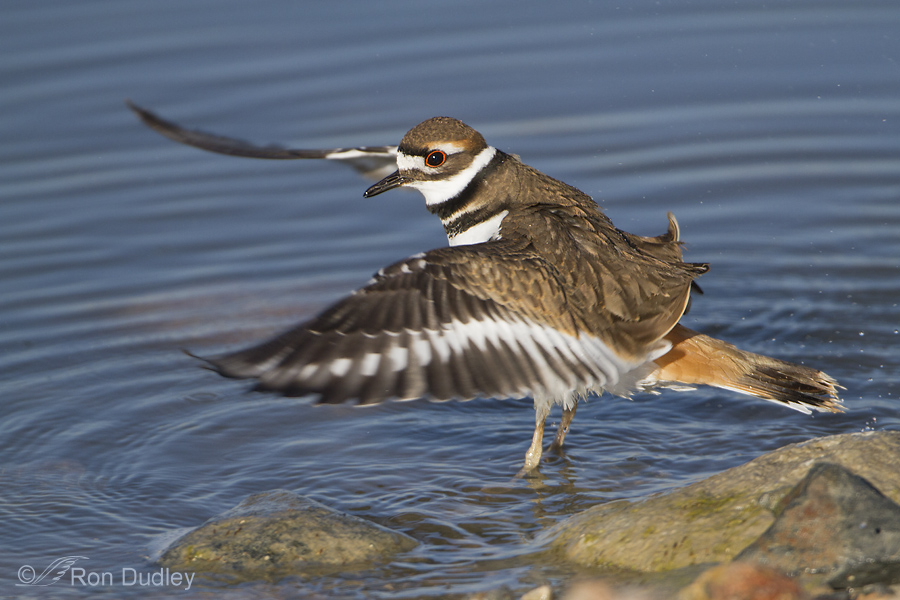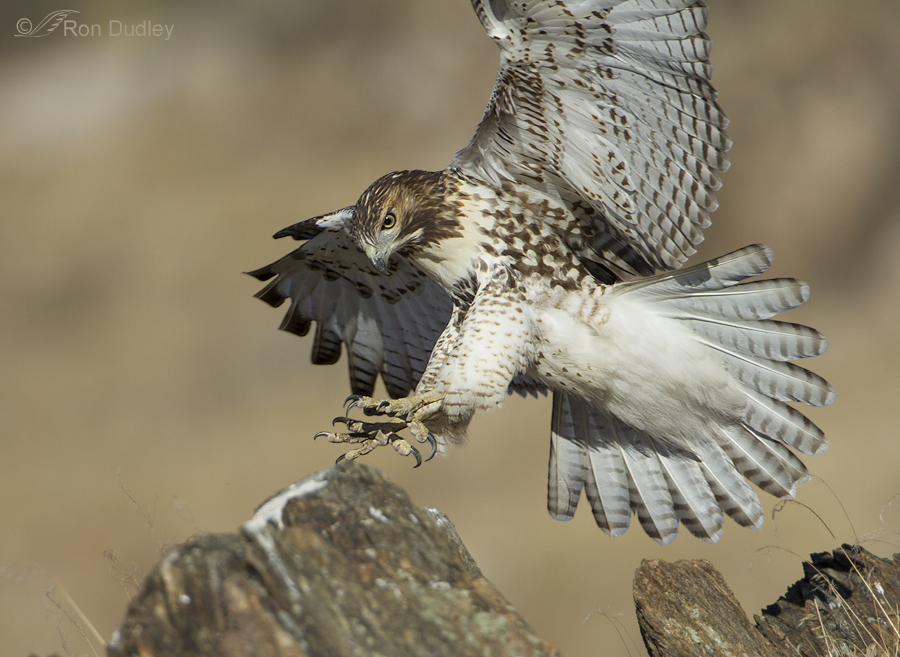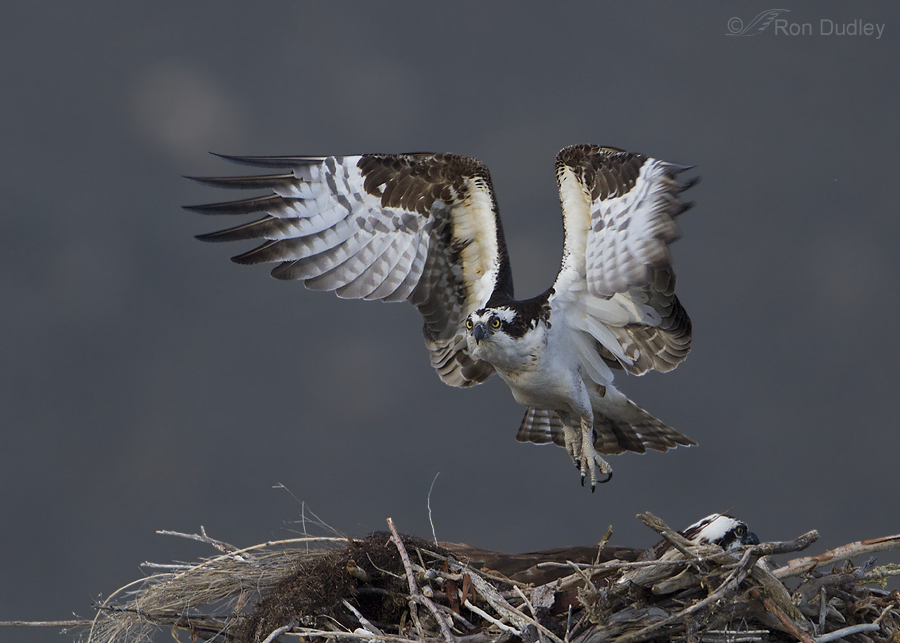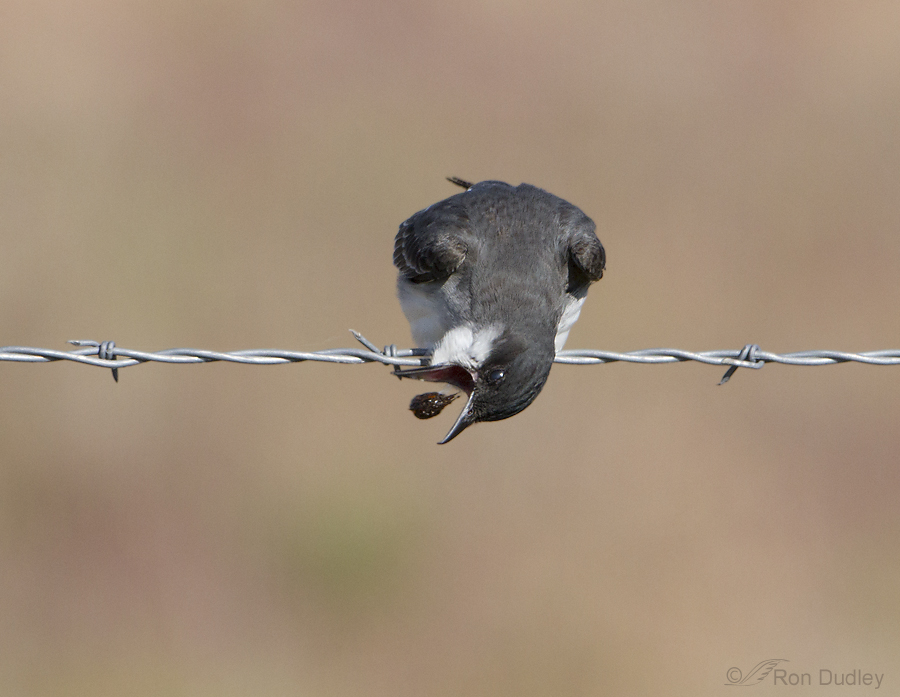Tag: shutter speed
High-stepping, Far-falling Chukars
Surprise Harrier
Killdeer – An Icy Bath And A Wing-flap
Female Kestrel – A Twisting, Turning Take-off
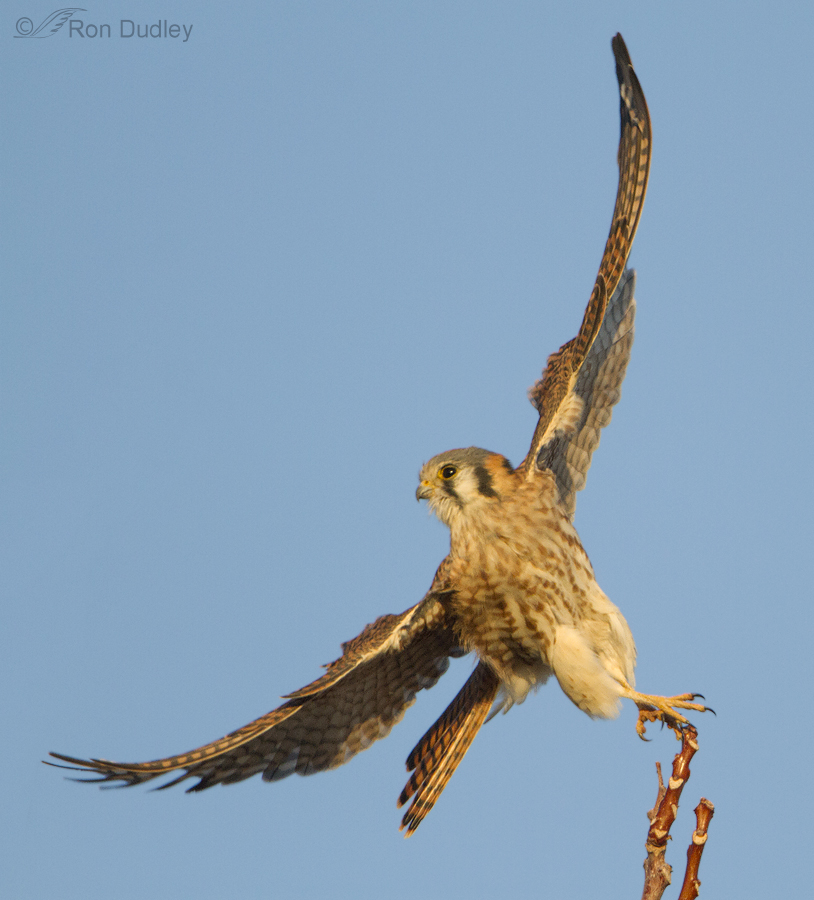
Occasionally during take-off an American Kestrel will put on a show of its considerable acrobatic skills but it happens so fast with these little falcons that many of us don’t really appreciate the coordination and skill involved. Yesterday morning I got one shot that I think demonstrates it pretty well.
The Interdependence Of Short-eared Owls And Voles
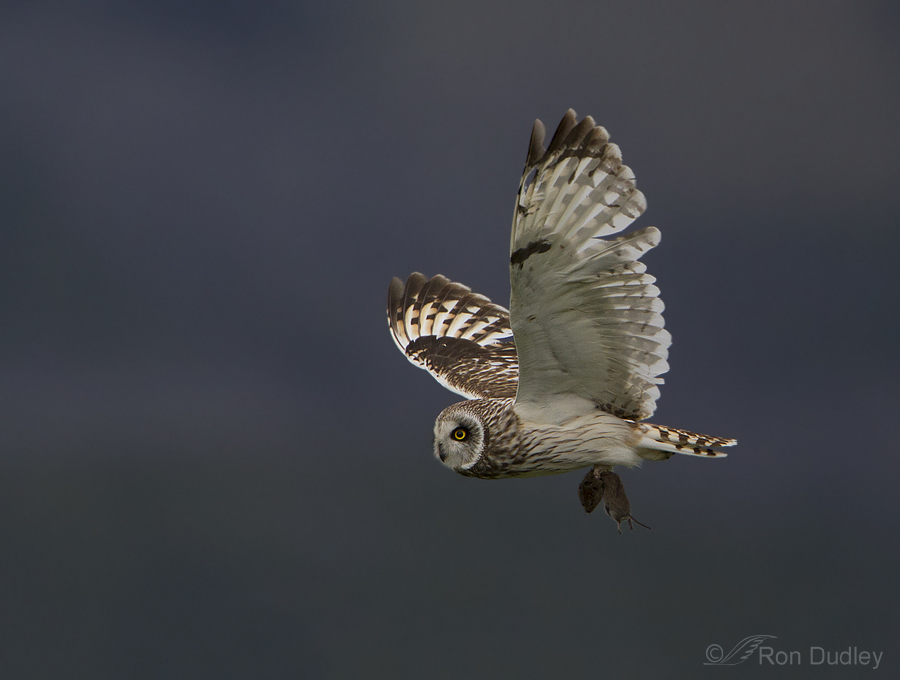
Though Short-eared Owls are one of the worlds most widespread owls, the species is highly dependent on the density of its small mammal prey, voles in particular. Since vole populations fluctuate wildly, Short-eared Owls show significant local variation in numbers and reproductive success from year to year.
Red-tailed Hawk – Another Optical Illusion
A Tough Subject – Mourning Dove In Flight
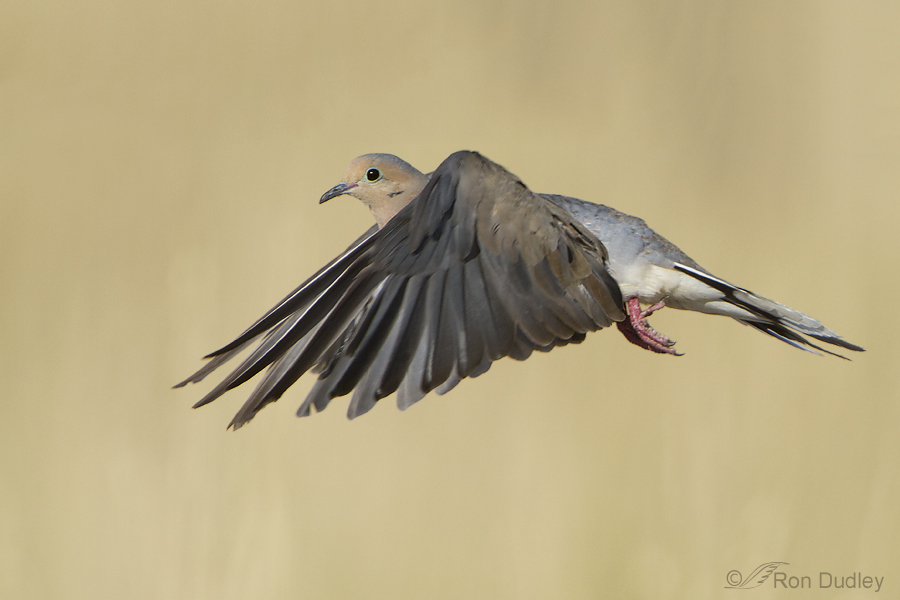
Mourning Doves one of the most difficult of all species I’ve ever attempted to photograph in flight. Their flight is fast and erratic and their take-off speed impressive (most observers are aware of the whistling noise made by their incredibly fast wing beats as they take off and land). All this makes for an aggravatingly difficult bird to photograph in flight – whether at take-off or in full flight. Until yesterday morning I still didn’t have a Mourning Dove flight shot.
Juvenile Loggerhead Shrike Take-off
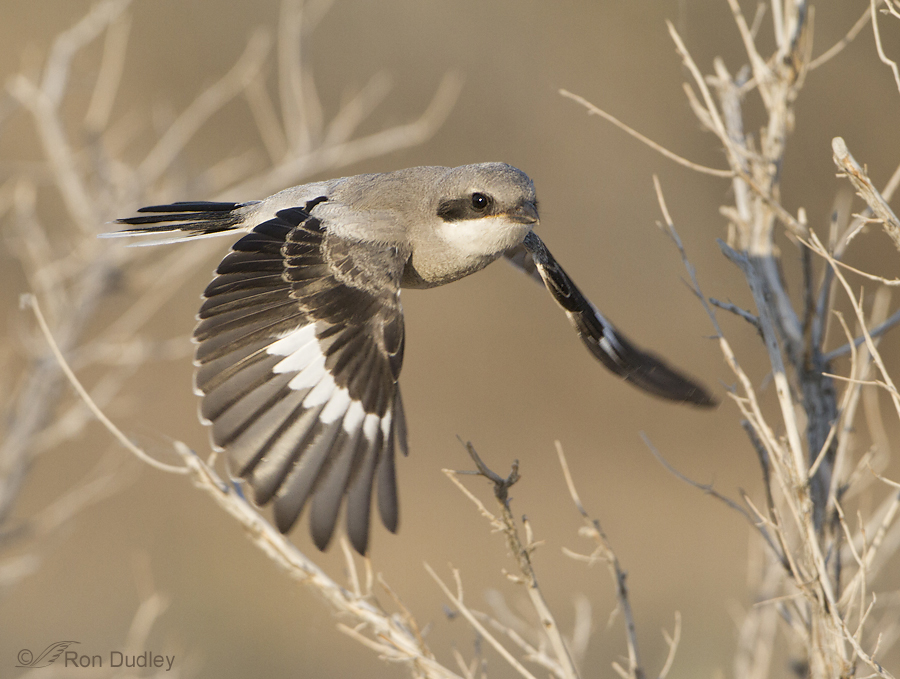
Many of the young Loggerhead Shrikes on Antelope Island have now fledged and are learning the ropes. They’re ornery, fun, fierce and fearless. Twice I’ve had one almost fly into my open pickup window, another one very nearly landed on my lens hood sticking out a window and yet another landed on the pickup itself.
Chasing The Light For A Swainson’s Hawk
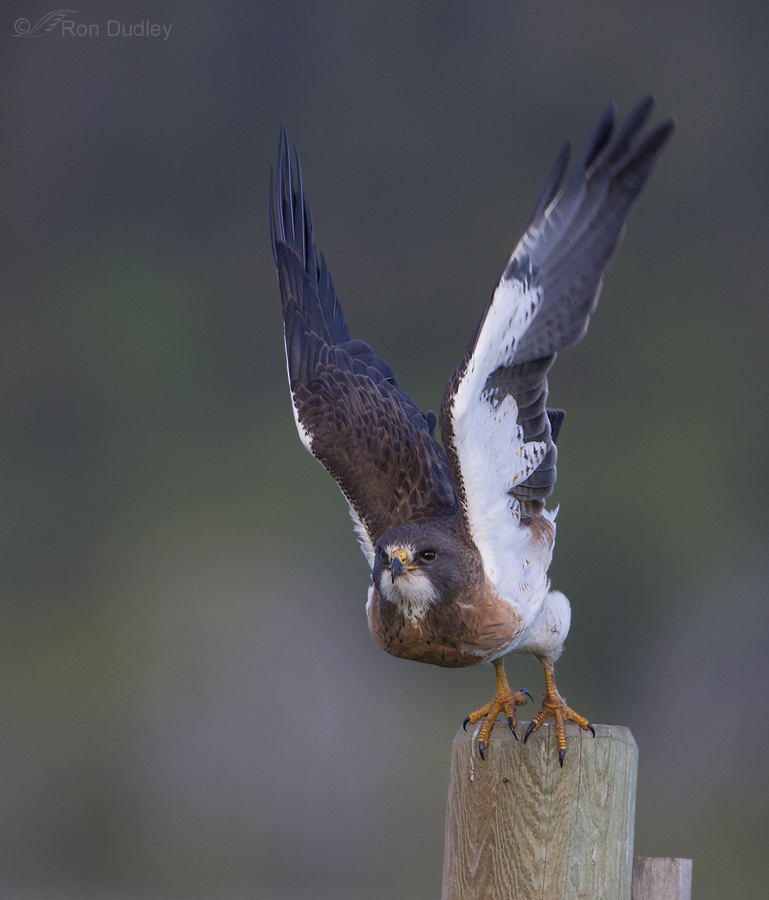
Mia and I often joke with each other that we’d make terrible landscape photographers because we’d be bored by all the waiting around for ideal conditions such as dramatic clouds and perfect light. We much prefer the excitement, unpredictability and the occasional and unexpected delights of bird photography. This Swainson’s Hawk was one of those nice surprises.
Male Osprey Landing At Nest
Eastern Kingbird Casting A Pellet
Flaming Gorge Osprey – An Experiment That Worked
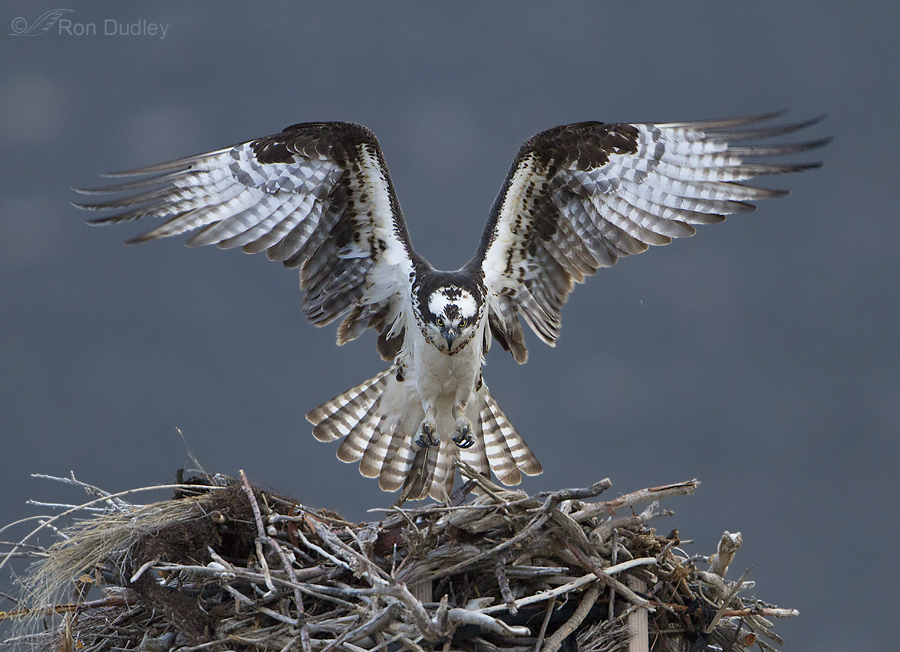
We returned home Thursday after spending three wonderful days camping at Flaming Gorge in NE Utah. This is very close to the view we had on most mornings from our campsites (two of them), though this image was taken the morning before the Osprey photo, below. As you’ll see, the lighting conditions were dramatically different…
A Meadowlark Morning
Yesterday morning there was meadowlark magic on the island. They were almost everywhere, singing lustily from atop their sagebrush and rabbitbrush perches (and more than a few ugly signposts). Several times I just stopped the truck, turned the engine off and got outside to listen. You could hear dozens of them simultaneously – some very close, some far away and others everywhere in between. Their melodious calls literally bounced off the hilltops.
A Compositional Conundrum
I intended this post to be a single image for my “Just A Shot That I Like” feature. It didn’t turn out that way. Six days ago I found this Great Blue Heron on the edge of a small, partially frozen creek with an almost vertical snow bank directly behind and very close to the bird. The heron was patient with me and I was close so I tried a variety of compositions using my 500 mm and 100-400 mm lenses. The incredibly fast shutter speeds were because of the bright snow and my forgetfulness in adjusting settings as I was juggling two cameras and lenses. In the end I couldn’t decide which composition I preferred so I’m presenting three of them here. 1/5000, f/6.3, ISO 500, 500 f/4, natural light This relatively tight vertical shows good detail on the bird and I like the close view of the swirly marks on the snow behind the heron made by a wing as it landed. 1/3200, f/7.1, ISO 500, 100 – 400 @ 400mm, natural light Some folks gravitate toward whole-bird reflections so I’m also including this composition. Ideally I’d prefer the bird to be slightly further left in the frame but cropping off the left makes the image too narrow vertically for my tastes and I have no more room on the right (image was taken vertically and is close to full frame). 1/6400, f/5.6, ISO 640, 100 – 400 @ 400mm, natural light A horizontal composition with the heron slightly smaller in the frame shows more of the…


